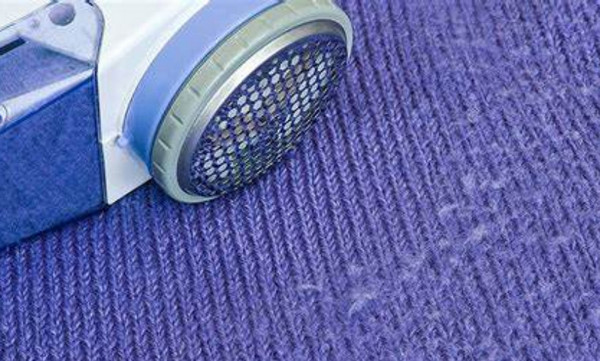- Qinsun Instruments Co., Ltd.
- Tell:+86-21-6780 0179
- Phone:+86-17740808215
- Address:No. 2578 Minhang District Gu Dai Road, Shanghai
- Contact:Mr. Li
- QQ:846490659
What is the difference between ANSl and DIN testing?

ANSI (American National Standards Institute) and DIN (German Industrial Standards) are two different standards bodies, and the differences between ANSI and DIN reflect the differences and needs of industry in the U.S. and Germany, and as a result there may be some differences between ANSI and DIN test methods.
In terms of materials testing, the ANSI and DIN standards cover many common test items, such as tensile strength, fatigue strength and hardness. However, there are still some differences between the two standards bodies, such as the coefficient of friction in wear testing and differences in test methods.
In the case of wear testing, for example, the ANSI and DIN standards recommend different test methods and procedures, and these differences reflect industry needs and practices in both regions.
For example, ASTM G133: Standard Test Method for Linearly Reciprocating Ball-on-Flat Sliding Wear and DIN 50324: Tests on metallic materials - Testing of metallic materials and other materials under sliding and sliding conditions. Tests on metallic materials - Testing of metallic materials and other materials under sliding and rolling contact, are the two classic ANSI and DIN standards dealing with wear testing, the former using a ball-on-flat sliding body tester and the latter using a ball tester.
In addition to the differences in standards, there are a number of other differences between ANSI and DIN testing, including:

1. Quality Requirements: Since different countries and regions have different industrial needs and standards, ANSI and DIN may differ in their requirements for product and material quality, which also affects the development and implementation of test methods.
2. test equipment: ANSI and DIN standards recommend test equipment and instruments may be different, which may affect the accuracy and consistency of test results.
3. Test applicability: Since different standards address different application scenarios and product materials, the test applicability may vary. For example, DIN standards usually favor testing of metallic materials, while ANSI standards cover a wider range of materials and applications.
While there are some differences between ANSI and DIN standards, they also have many overlaps and commonalities with each other, and both have a wide range of applications. Therefore, for most material and product testing, it is possible to select the most appropriate standard and test method that meets the needs of each, and to maintain strict quality control and data collection during the testing process.
It is important to note that ANSI and DIN are not limited to use in the United States or Germany. They are also widely used around the world and there are a number of other material testing standards as well. When choosing a test standard, you need to select the most suitable standard organization and test method according to the actual needs and requirements.





